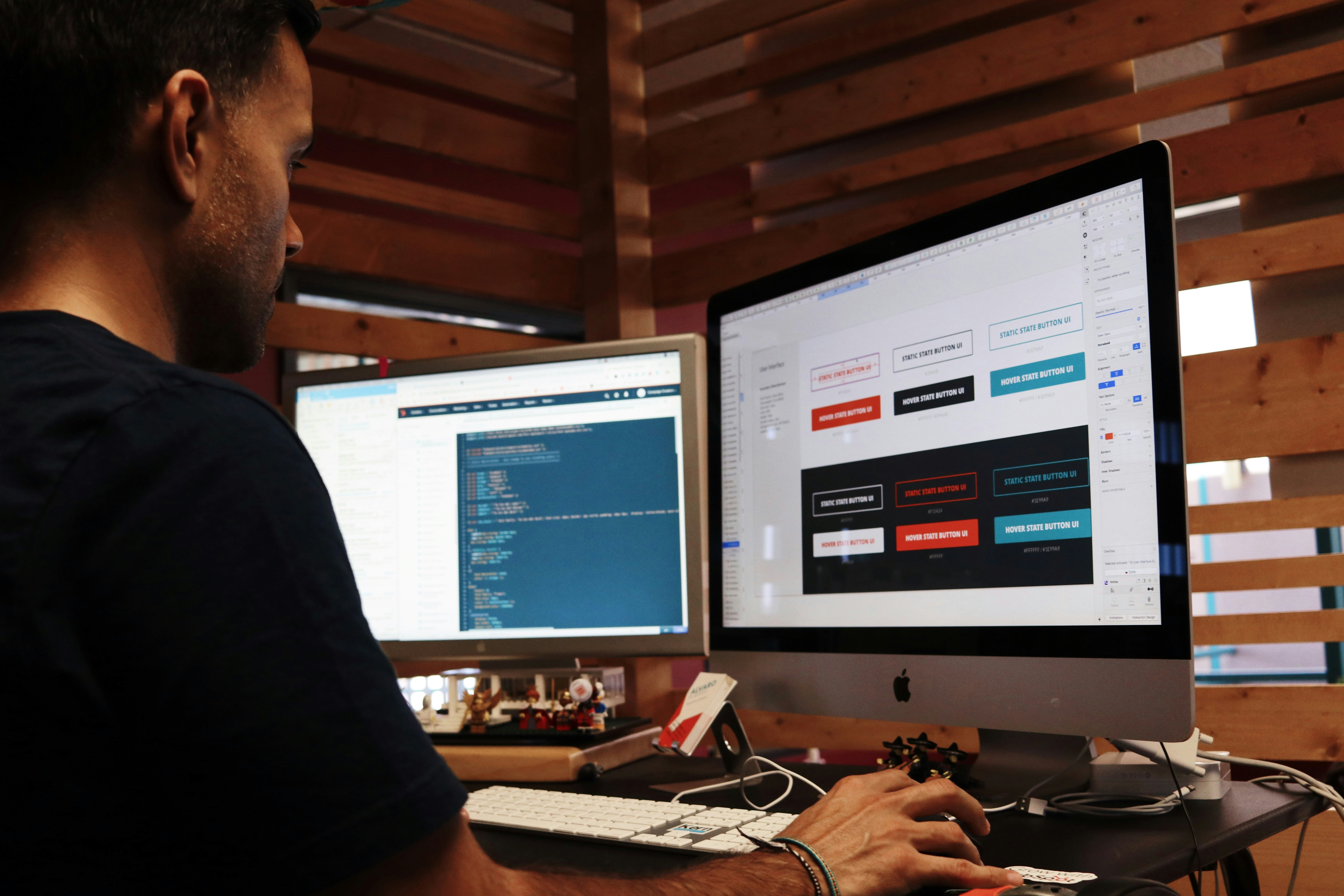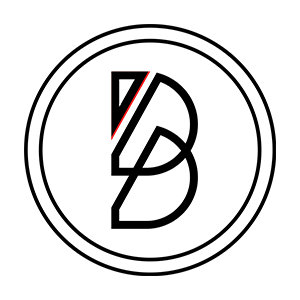In today’s digital landscape, many businesses grapple with choosing the right content management system. Headless CMS systems offer unique advantages over traditional systems, allowing for greater flexibility and improved user experience. This blog post will explore the key benefits of headless content management, such as enhanced web design and seamless integration with modern frameworks like React. By understanding these advantages, readers can make informed decisions that boost their online presence and address challenges like authentication and content delivery.
Key Takeaways
- Headless CMS enhances flexibility in content management and user experience design
- It streamlines content distribution across multiple platforms, improving accessibility and engagement
- Simplified maintenance allows for quick updates without altering the entire system architecture
- Integration with modern technologies boosts performance metrics and facilitates efficient workflows
- Support for progressive web applications improves user experience and aligns with digital marketing strategies
Key Advantages of Headless CMS Over Traditional Systems

Headless CMS offers numerous advantages over traditional systems. It allows for enhanced flexibility in content presentation and provides improved performance metrics for web applications. Additionally, seamless integration with modern technologies is possible, leading to streamlined multichannel content distribution. Users gain increased control over user experience design while maintenance and update processes become simpler. Furthermore, opportunities for customization and personalization are abundant, catering to diverse needs in areas like marketing automation and the Internet of Things.
Enhanced Flexibility in Content Presentation
Headless CMS offers significant flexibility in content presentation, allowing businesses to create tailored landing pages that enhance the customer experience. With the ability to distribute content across various channels, including websites and mobile apps, organizations can maintain a consistent brand voice while optimizing for omnichannel delivery. This adaptability in content management is crucial for meeting diverse audience needs and improving engagement.
- Tailored landing pages improve the customer experience.
- Seamless distribution across multiple channels.
- Consistent brand voice strengthens engagement.
- Optimized content management enhances adaptability.
Improved Performance Metrics for Web Applications
Headless CMS architecture significantly enhances performance metrics for web applications. With a headless CMS solution, organizations can leverage a single source of truth for all content, making editing and updates quicker and more efficient. This streamlined approach not only simplifies access control but also leads to faster loading times and a more responsive user experience across various platforms.
- Headless CMS architecture boosts loading speeds.
- Single source of truth improves content management.
- Editing is quicker due to simplified processes.
- Access control enhances content security.
Seamless Integration With Modern Technologies
Headless CMS platforms enable seamless integration with modern technologies, such as databases and servers. For instance, using Contentful as a headless CMS allows businesses to connect effortlessly with a variety of REST APIs, enhancing their technical capabilities. This integration ensures that content can be easily delivered across multiple channels, addressing the needs of organizations looking to keep their digital experiences consistent and up to date:
Streamlined Multichannel Content Distribution
Streamlined multichannel content distribution is a notable advantage of headless CMS. This system enables businesses to manage and deliver content across various platforms, increasing accessibility while reducing the potential for downtime. Unlike traditional systems that may struggle with the complexity of updates, a headless CMS paired with a static site generator simplifies the process, allowing users with the right knowledge to deploy content swiftly without extensive technical hurdles.
Increased Control Over User Experience Design
Headless CMS offers increased control over user experience design by separating the content management system from the presentation layer. This flexible software architecture allows businesses to customize their user interfaces and tailor the presentation of assets based on specific audience needs. With enhanced personalization capabilities, organizations can deliver targeted content that resonates with users, ultimately improving engagement and satisfaction.
- Separation of content and presentation improves customization.
- Flexible software architecture enhances design adaptability.
- Targeted personalization boosts user engagement.
Simplified Maintenance and Update Processes
Simplified maintenance and update processes are a notable advantage of using a headless CMS over traditional systems. By decoupling the content management system from the presentation layer, businesses can update content across web pages without needing to alter the entire stack. This allows for quick updates and changes, which is particularly valuable for sites focused on online shopping, where timely information directly influences customer experience and conversion rates.
Here are key aspects of simplified maintenance:
Opportunities for Customization and Personalization
Headless CMS architecture provides significant opportunities for customization and personalization, allowing clients to tailor their web applications to the specific needs of the end user. For instance, using frameworks like Angular enables businesses to create dynamic user interfaces that adapt based on user preferences, resulting in a more engaging experience. This level of personalization can lead to lower bounce rates as users find content that resonates with them and encourages further interaction.
Benefits of Headless CMS for Web Design

Headless CMS offers distinct advantages for web design, such as facilitating responsive and adaptive design practices that cater to diverse devices. It empowers designers with greater creative freedom while optimizing workflow for design teams. Utilizing APIs allows for innovative web solutions, and the support for progressive web applications enhances productivity with a manageable learning curve for web developers.
Facilitating Responsive and Adaptive Design Practices
A headless content management system facilitates responsive and adaptive design practices by allowing businesses to create lightweight interfaces that work seamlessly across various devices. This infrastructure supports digital signage and ensures that content delivered on mobile, tablet, or desktop remains engaging and accessible. By optimizing the design process, organizations can improve their search engine rankings while providing a user-friendly experience tailored to different screen sizes and resolutions.
Empowering Designers With Greater Creative Freedom
Headless CMS provides designers with increased creative freedom by streamlining their workflow and allowing for innovative content creation. By separating the content from the design, designers can use tools like PHP and integrate advanced technologies, including virtual reality, to bring their visions to life. This flexibility fosters an environment where creativity thrives, enabling teams to produce unique and engaging digital experiences tailored to their audience’s needs.
Optimizing Workflow for Design Teams
Headless content management significantly optimizes workflow for design teams by leveraging automation and software-as-a-service (SaaS) solutions. By integrating webhooks, teams can automate routine tasks, reducing manual entry and allowing designers to focus on creative work instead of repetitive processes. This streamlined approach not only enhances productivity but also ensures that design updates align smoothly with ongoing projects, adapting quickly to the ever-changing digital landscape.
Utilizing APIs for Innovative Web Solutions
Utilizing APIs within a headless CMS allows businesses to create innovative web solutions that enhance the interaction between the front end and back end. Through efficient API integration, users can seamlessly access and manage digital assets and web content, ensuring brand consistency and responsiveness across different platforms. This approach not only simplifies workflows but also enables companies to quickly adapt their websites to meet user needs and market demands without sacrificing quality.
Support for Progressive Web Applications
Support for progressive web applications (PWAs) is a major benefit of utilizing a headless CMS, as it enhances efficiency and harnesses emerging technologies. With a flexible codebase, businesses can build responsive and fast-loading applications that improve user experience and align well with digital marketing strategies. This adaptability not only contributes to better search engine optimization but also allows companies to keep pace with changing user demands and technological advancements.
Scalability and Future-Proofing with Headless CMS

A headless CMS is built for long-term adaptability, making it an ideal solution for businesses looking to scale their digital operations. Traditional CMS platforms often struggle with increased content demands, requiring major overhauls to accommodate growth. However, a headless CMS ensures seamless scalability by allowing businesses to expand without technical constraints. Whether a company needs to manage thousands of blog posts, scale its e-commerce catalog, or integrate new technologies, a headless CMS provides the flexibility to support ongoing digital evolution.
Supporting Business Growth with Scalable Architecture
A headless CMS is designed to grow with businesses, ensuring that increasing traffic and content volume doesn’t impact performance. Unlike traditional systems that may require manual adjustments, a headless CMS uses a cloud-based approach that automatically scales resources as needed. Companies can expand their digital presence without worrying about server load issues or storage limitations, making it a future-proof investment.
Future-Proofing Digital Strategies
One of the biggest challenges with traditional CMS platforms is their rigid architecture, which often leads to costly redesigns when new frameworks emerge. A headless CMS allows businesses to integrate emerging technologies without disrupting their existing infrastructure. Whether adopting new frontend frameworks, integrating AI-driven content personalization, or expanding into AR/VR experiences, a headless CMS provides the flexibility to adapt to future innovations.
Efficient Handling of Large-Scale Content
Managing large-scale content across multiple platforms is a challenge for many businesses, especially those with complex product catalogs or extensive media libraries. A headless CMS streamlines content organization and delivery, ensuring that assets can be dynamically accessed and updated without affecting the overall system. With structured content stored in a centralized repository, businesses can efficiently distribute their content across multiple websites, apps, and other digital channels.
Enhanced Security and Risk Mitigation

Security concerns are a growing priority for businesses, and a headless CMS offers advanced protection against cyber threats. Traditional CMS platforms are prone to security vulnerabilities due to their monolithic structure, where the backend and front end are tightly integrated. This connection makes them more susceptible to hacking attempts, data breaches, and malware infections. In contrast, a headless CMS reduces the attack surface by keeping the backend separate from the user interface, enhancing security and minimizing risk.
Reduced Attack Surface for Cybersecurity Protection
Since a headless CMS does not expose the backend directly to users, it minimizes security risks. Attackers often target vulnerabilities in traditional CMS themes, plugins, and login pages. By eliminating these entry points, a headless CMS offers a more secure environment, reducing the likelihood of cyberattacks and unauthorized access
Secure API Management for Content Delivery
APIs play a crucial role in headless CMS platforms by enabling content delivery across multiple channels. However, unsecured APIs can be a weak point if not properly managed. To mitigate this, headless CMS providers implement authentication protocols such as OAuth, JWT (JSON Web Tokens), and API gateways to ensure that only authorized requests can access sensitive data. These security measures help prevent unauthorized data exposure while seamlessly integrating other systems.
Regular Updates and Patch Management
Security updates are essential for protecting digital assets from new threats. Unlike traditional CMS platforms that require full system updates, a headless CMS allows developers to apply patches independently without disrupting front-end operations. This ensures that security vulnerabilities can be addressed quickly, keeping the system secure while maintaining uptime and performance.
Conclusion
A headless CMS redefines content management by offering the flexibility, security, and scalability that traditional systems lack. Decoupling content from the front end enables seamless omnichannel delivery, faster performance, and easier integration with modern technologies. Businesses can scale effortlessly, enhance user experiences, and future-proof their digital strategies without the limitations of outdated systems.
Whether managing large-scale content, optimizing workflows, or personalizing user interactions, a headless CMS provides the agility needed to stay ahead in a rapidly evolving digital landscape. Now more than ever, adopting a headless CMS is not just an upgrade—it’s a strategic move toward innovation and long-term success.
